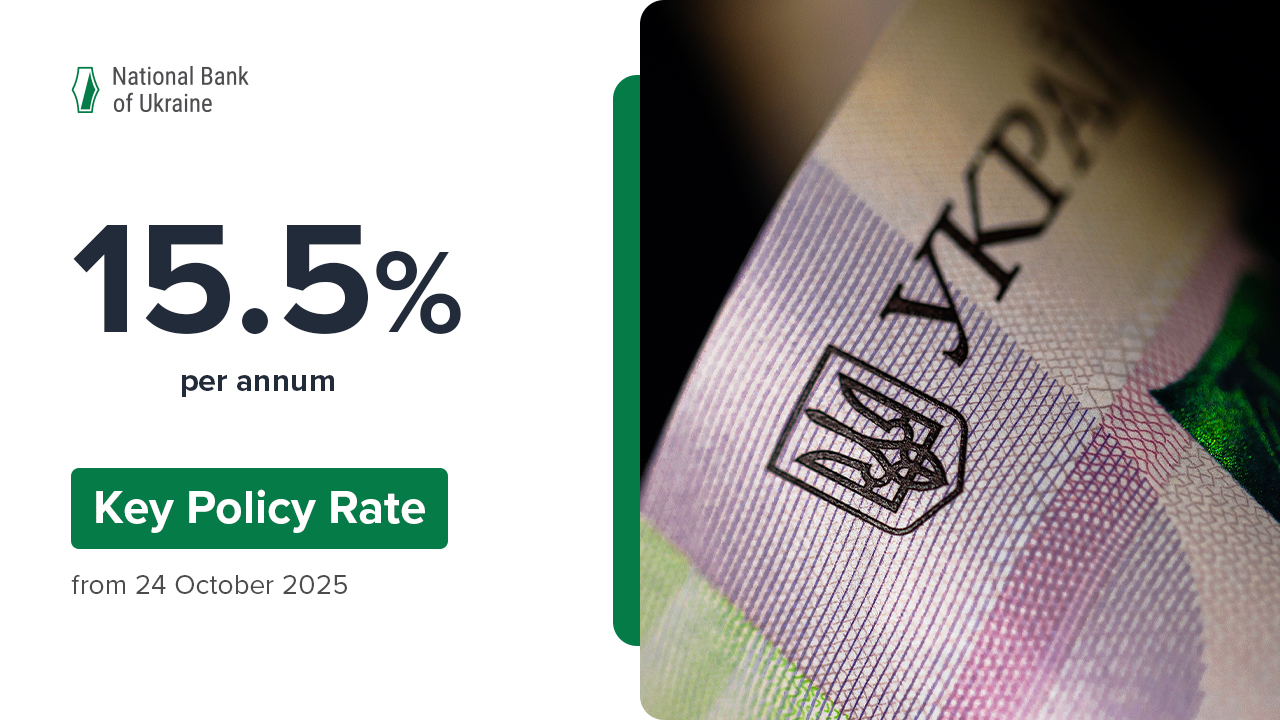As per previously announced plans, the NBU is tightening its capital requirements for banks. These requirements are intended to shore up banks’ resilience to potential crisis episodes, protect the sector from an accumulation of systemic risks, and help maintain financial stability. The high profitability of banks and the available capital cushion indicate that they are ready for new regulatory changes.
The following changes are therefore expected to take effect on 1 January 2022:
1) introducing the minimum requirement to cover 50% of estimated operational risk capital, with a subsequent increase to 100% from 1 January 2023
Under international standards, banks must hold capital to cover not only credit risks, but also operational risks. Capital requirements to cover operational risk are increasingly important as new opportunities for fraud have emerged with the global shift to doing business online. Banks should also develop appropriate operational risk management policies and systems to protect customers.
2) increasing the risk weights for unsecured retail consumer loans from 125% to 150%
The two-stage increase in risk weights during 2021 from 100% to 150% creates an additional capital cushion to absorb potential losses on unsecured consumer loans in case of adverse developments. From now on, banks must keep UAH 1.5 of regulatory capital per UAH 10 of the loans. This will expand the share of unsecured consumer loans that banks finance with capital rather than deposits.
3) further raising the risk weights for FX domestic government debt securities: first to 50%, and, starting 1 July 2022, to 100%
According to Basel standards, FX-denominated government securities are assigned risk weights depending on their international rating. For FX domestic government debt securities issued by the Ukrainian government, such risk weights should be 100%. To bring domestic requirements into line with global best practices, the risk weights are being gradually raised only for securities purchased by banks since 1 April 2021. This design allows banks to plan out their investment policies.
4) increasing the share of noncore assets deducted from core capital to 50% from the current 25%
The requirement to deduct 25% of the value of noncore assets from the core capital of banks has been in force since January 2021. It aims to encourage banks to more actively clear their balance sheets of illiquid assets, most of which are NPLs with an overstated value.
The significant concentration of noncore assets in some banks impairs their liquidity and profitability and puts them at risk of breaching regulatory requirements.
The overall impact of the changes planned on the core capital adequacy of banks will be 2.5 pp. The current capital will suffice to meet these requirements.








